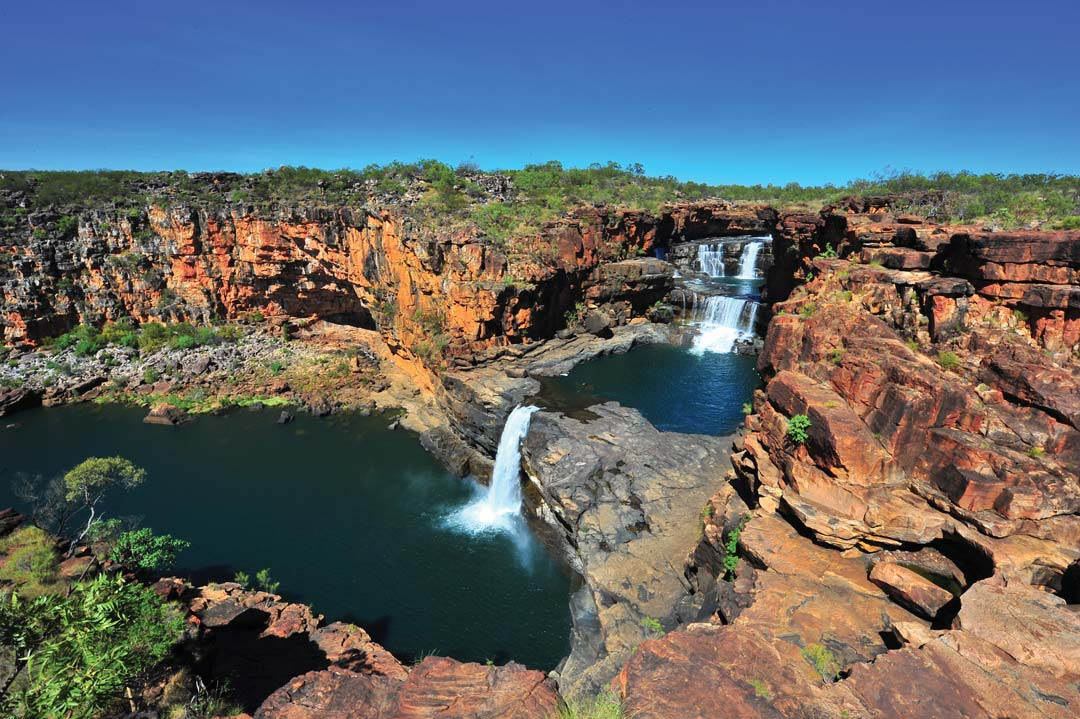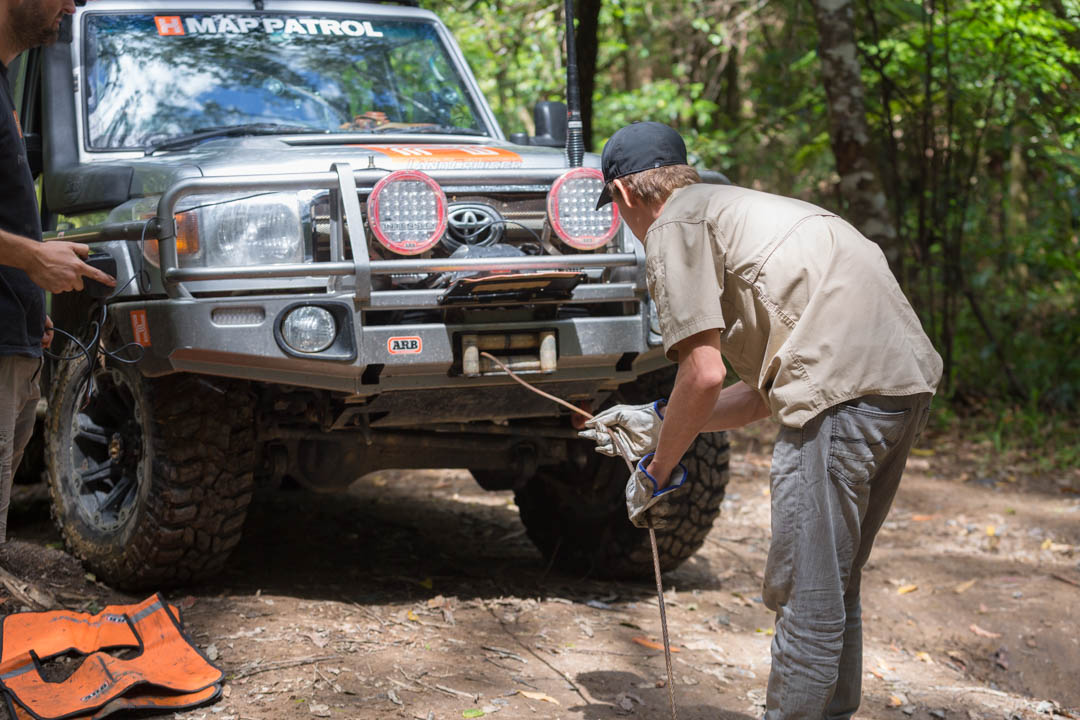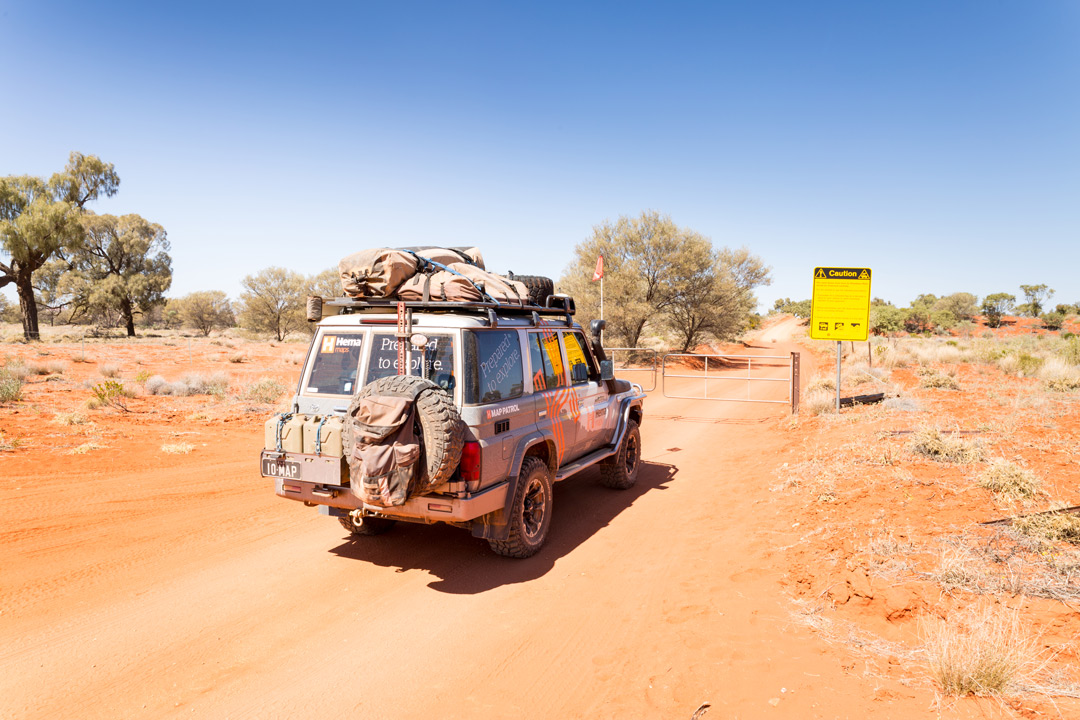How to Plan a One-Month Trip in One Day
Want to get the ball rolling on your next epic touring adventure? Stop dreaming and start packing with this crash course on planning a one-month trip in a day.
1. Put a pin in it
Choosing a destination or trip(s) for your journey goes without saying – most adventures are seeded with a destination or region in mind – but it’s also the most important step a prospective traveller can take. Even people who don’t consider themselves travellers will usually have a handful of places they want to visit or journey through in their lifetime, the difference being that passionate travellers are far more likely to make their dreams manifest. Forget about the many potential details of your trip – which will generally overwhelm and discourage you – and simply put a pin in a wall map to begin your journey (which is both an internal agreement with yourself and an outward signal of intent to others).

2. Don’t miss your musts
To make the skeleton of your itinerary that will found the rest of your trip, create a basic list of places and experiences you don’t want to miss. Being able to plot these places visually – natural attractions, unique experiences, roads, tracks, towns or otherwise - on a printed map is preferable for high-level planning and trips that cover large distances. If you do so, you can quickly ascertain where you’ll be spending most of your time, as well as begin to formulate ideas on how you can string these must-dos together into a coherent journey within your timeline.

3. Gear up
If you’re planning a month-long trip anywhere, chances are you will be experiencing some conditions that are different to the ones with which you’re familiar. Look at the gear you have at your disposal through that lens to ensure you’re prepared for what lies ahead, and subsequently make a list of what needs fixing or to be purchased outright before you leave. This includes camping gear, both interior and exterior vehicle accessories and, depending on how far from civilisation you expect to be, items for remote area travel such as satellite phones or personal locator beacons.
 4. Get permitted
4. Get permitted
Many of Australia’s most alluring wilderness destinations lie within protected areas, which means visiting them can require special permits. This can range from a specific area to a single track you might want to drive, so doing some diligent internet searches can quickly shed a light on what you might be in for in terms of permits you’ll require. Unfortunately, timeframes on acquiring these permits can be unpredictable, and as such it’s essential to quickly identify any bookings or applications you need to make earlier than later.

5. Start the clock
The mental gap between dreaming of a trip and actualising it can dissolve instantly with a basic countdown plan. Simply grab a calendar, select an ideal departure date, then attach reasonable deadlines to the vital parts of your preparation process in accordance with the time you have to achieve it all.
By committing to a date (even tentatively) and plotting your path to departure, you are creating forward momentum to help you overcome the most common pre-trip obstacle: your own doubts. A calendar has the dual benefit of giving you a tangible sense of accountability, while also minimising chance of failure by breaking up a potentially-overwhelming task into smaller, more manageable pieces. In that sense, pre-trip planning is the most underrated motivator of any kind of travel.
Whether it’s your first extended touring trip or your tenth, the above steps are clever tools for bridging the gap between where you want to go and where you actually end up going (and for how long). By simply asking yourself some key questions, writing some lists and doing minimal research in a few hours, you’re not just preparing for your next big journey – you’re taking the first step.







0 comments